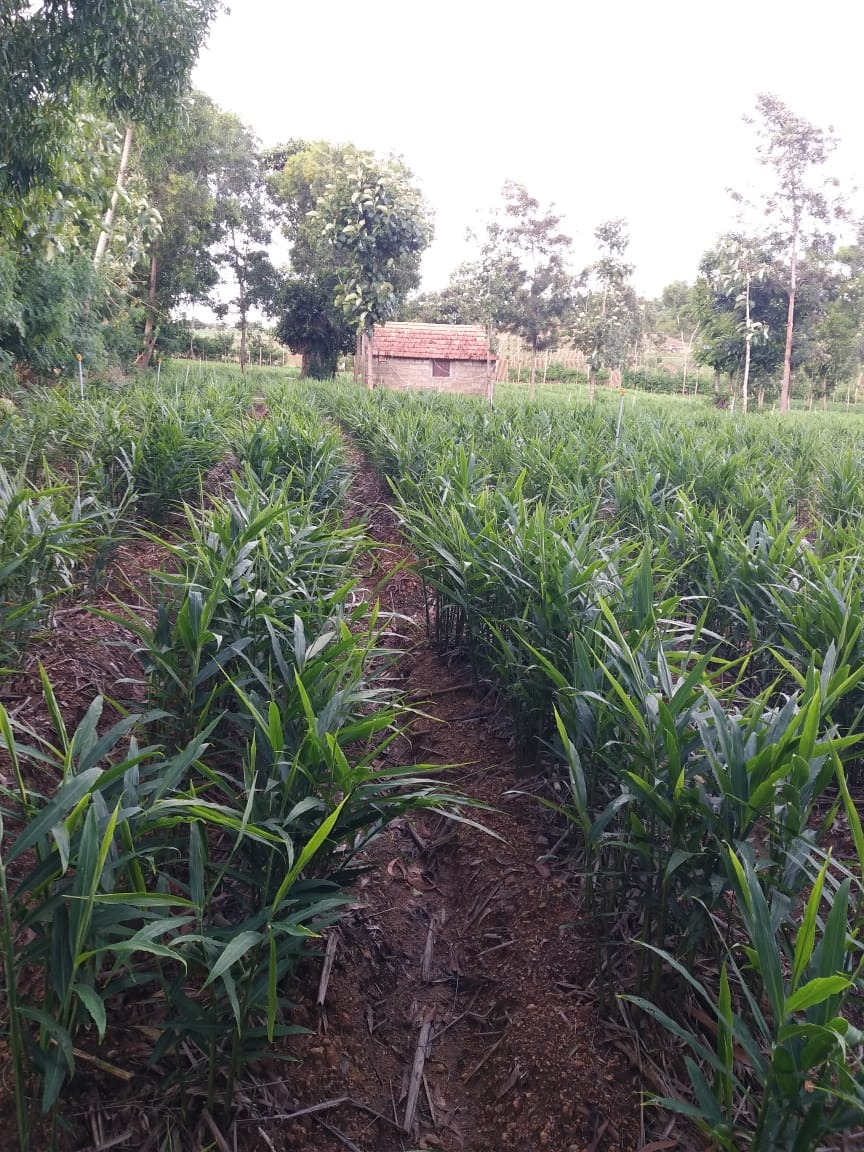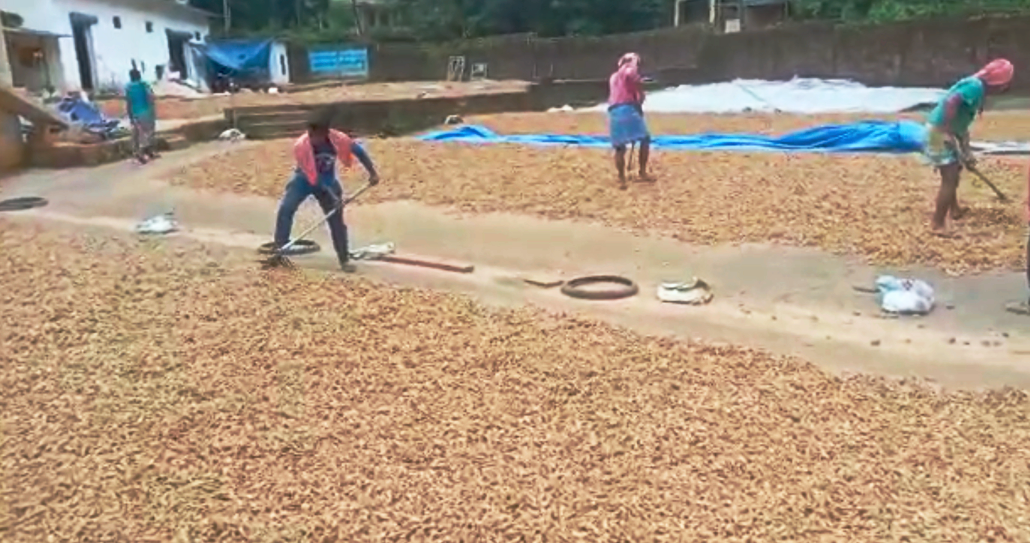Stepping forward Gingerly…
How is Ginger cultivated?
Ginger is widely cultivated for its rhizome or root, which is used as a spice and a nutraceutical ingredient. When cultivating Ginger, the size of the rhizome can equate to the speed and yield of production. If the rhizome is larger, the plant is said to grow at an accelerated rate. Some producers treat the seeds prior to cultivation. Treatment processes include treating the seeds in hot water. Treatment of the seeds can help prevent the spread of diseases as well as protect the seeds from rot or blight. Once the seeds are properly treated, the farmland in which they are to be planted must be thoroughly dug or ploughed to break up the soil. This process can sometimes be repeated up to 5 times to ensure the soil is sufficiently separated.
 Image: Ginger grown by our Indian supplier partners
Image: Ginger grown by our Indian supplier partners
Khush Ingredients’ Ginger Oil
Ginger is grown in all regions of India, as it is one of the most important spices in culinary dishes. However, commercial cultivation is predominantly concentrated in South Indian states such as Kerala, Karnataka, parts of Tamilnadu and Andhra. Khush Ingredients source Indian Ginger Oil from the Kerala region. We also have producer partners ready to sample us with new Chinese material as soon as the right quality is produced. Seeding is carried out between May and June annually, with the intention of harvesting after 8 months. Harvest season starts around February and can go on until April. However, there is always regular picking for domestic uses, such as making ginger paste.

Image: Ginger being sun-dried
The 2021/22 Season
Harvesting for the 2021/22 season has not yet begun. Producers expect to see growth compared to the 2020/21 season, as heavy rains and flooding spoilt the crop. We are also seeing consistent growth in the demand for Ginger Oil. As a result of this, Indian harvest may be delayed, prices may even rise further. Organic Ginger prices remain high as it has become harder to secure oil that meets required pesticide levels.
All of our past Product of the Month articles are available in our News Archive. Click this link if you are interested in learning more about our products.
